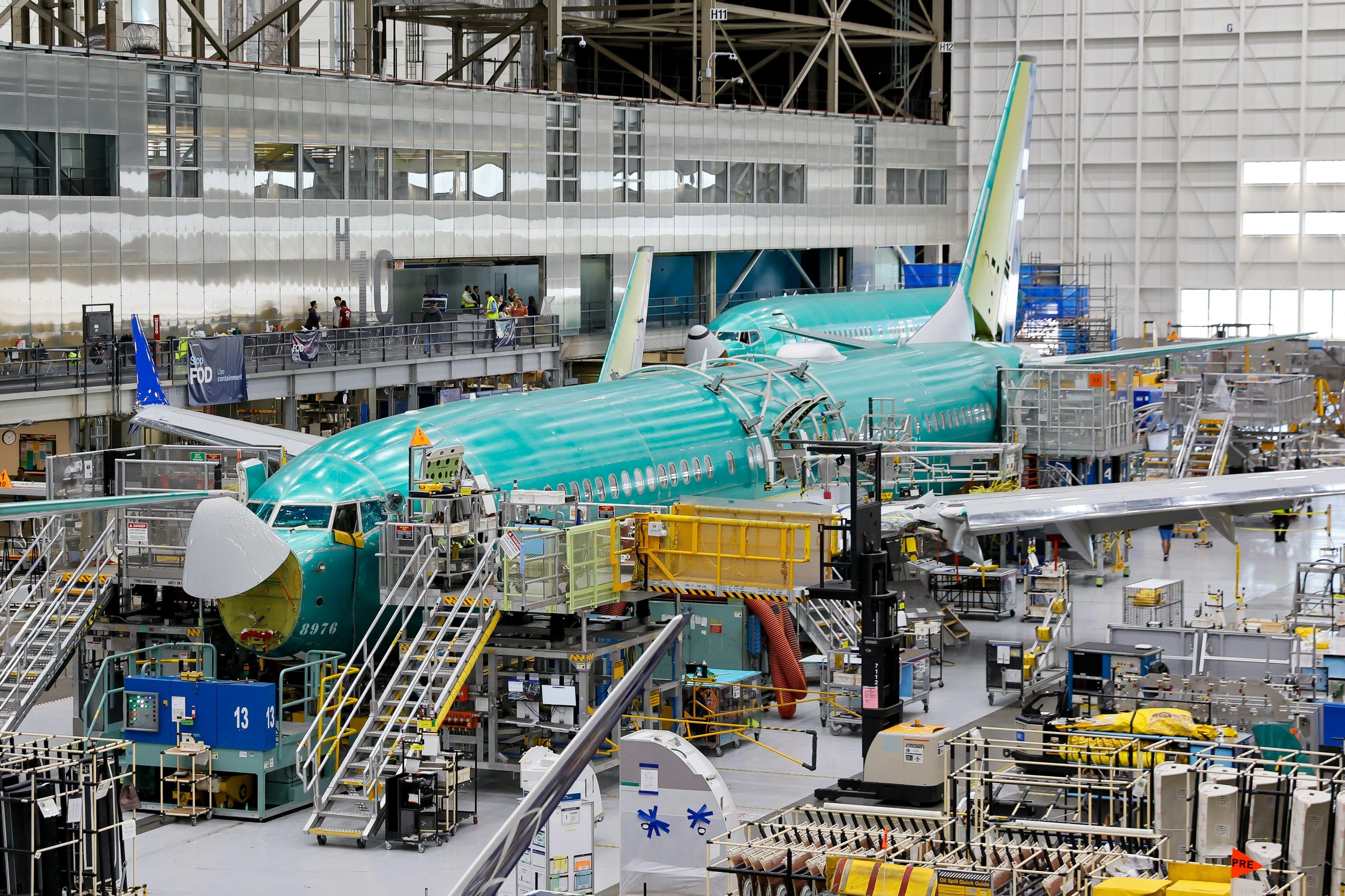
AeroGenie — Votre copilote intelligent.
Tendances
Categories
Veryon Introduces Defect Analysis for Business Aviation
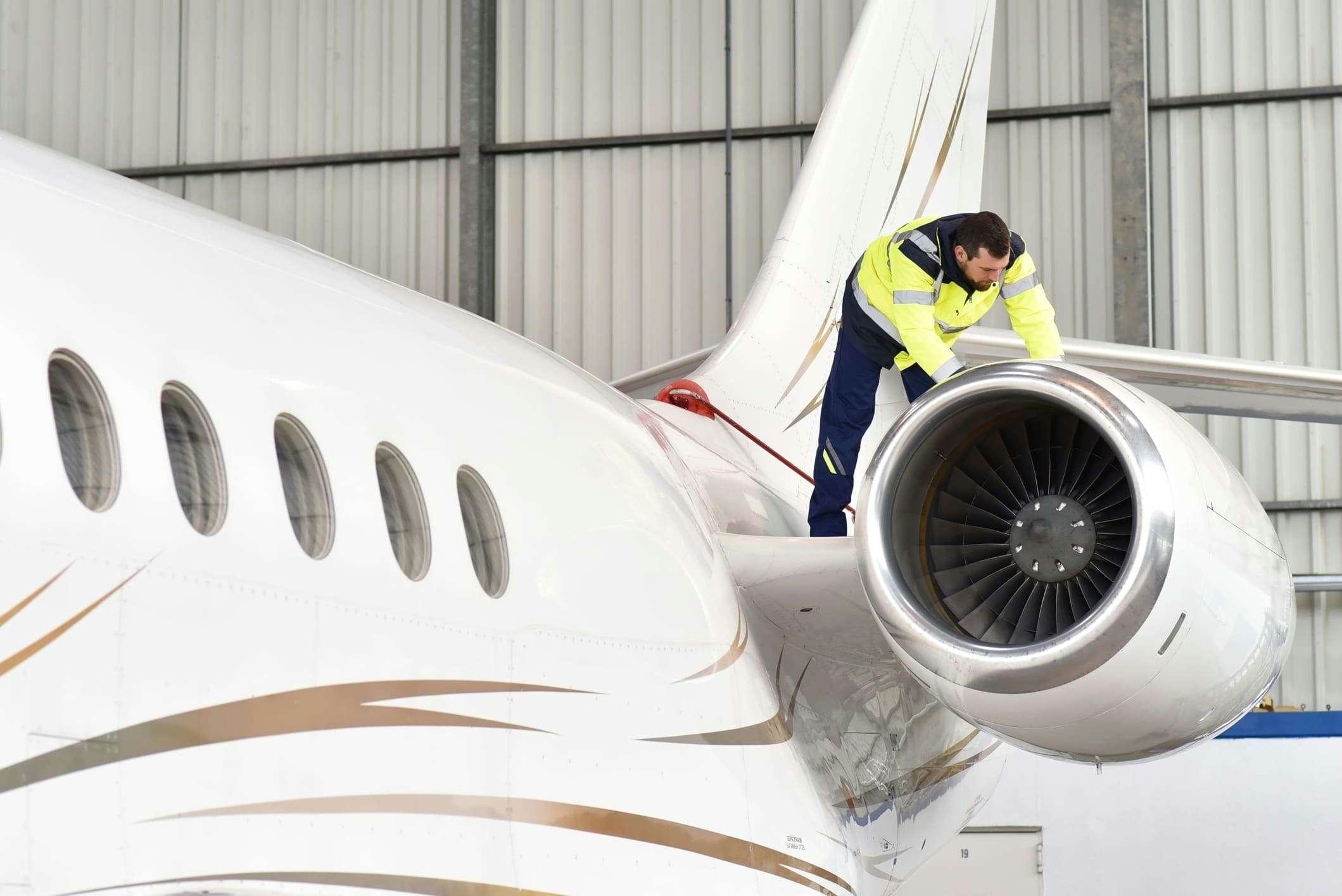
Veryon Expands Defect Analysis Solutions to Business Aviation
Veryon, a leading provider of information services and software solutions, has announced the extension of its Defect Analysis platform into the business aviation sector. This strategic move targets charter and fractional ownership fleets, offering operators the ability to integrate logbook, sensor, and maintenance data. By clustering these diverse data sources, the platform aims to identify patterns that can mitigate the risk of aircraft-on-ground (AOG) events and optimize maintenance workflows.
Tailoring Solutions for Business Aviation
Charter and fractional ownership fleets operate under utilization patterns distinct from those of commercial airlines, necessitating specialized tools to address their unique operational demands. Kris Volrath, Veryon’s Senior Vice President of Product, emphasized the company’s commitment to adapting its technology accordingly. He noted that the evolved product empowers business aviation operators to make more informed maintenance decisions aligned with their specific operational profiles. This, in turn, is expected to enhance aircraft availability, reduce revenue leakage, and streamline maintenance procedures.
Business aviation faces particular challenges, including irregular usage patterns, limited datasets for comprehensive analytics, inconsistent ATA coding, and a heavy reliance on manual maintenance processes. These factors often lead to inefficiencies, unplanned downtime, and elevated operational costs. Veryon’s Defect Analysis platform is designed to address these issues by delivering insights tailored to the realities of business aviation operations.
Market Reception and Industry Context
Despite the potential benefits, the introduction of advanced defect analysis tools in the business aviation market may encounter resistance. Many operators remain rooted in traditional maintenance practices and may exhibit skepticism toward adopting new technologies. Consequently, market reactions are expected to vary, with some operators embracing the promise of enhanced efficiency, while others may be reluctant to depart from established methods.
The competitive landscape is also poised for change. Veryon’s entry into this space may prompt rival providers to develop or enhance their own defect analysis solutions to maintain market relevance. This wave of innovation coincides with significant technological advancements within business aviation, exemplified by Flexjet’s introduction of the Gulfstream G700 and Textron Aviation’s launch of the Citation Ascend. These developments highlight a broader industry trend toward advanced aircraft technology, which could influence operator attitudes toward adopting data-driven maintenance tools like Veryon’s.
As business aviation continues to evolve, the integration of sophisticated, data-centric maintenance solutions is likely to become increasingly critical for operators aiming to maximize aircraft availability and operational efficiency. Veryon’s expansion into this sector underscores both the opportunities and challenges inherent in delivering technology-driven innovation to a dynamic and discerning market.
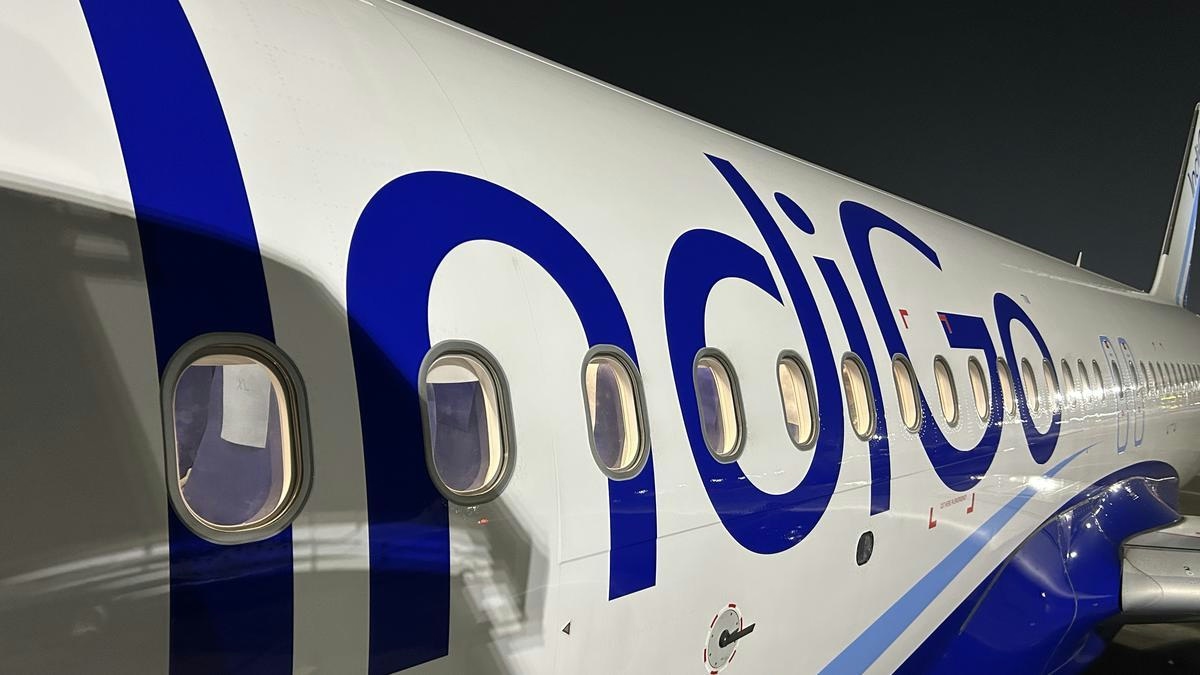
IndiGo to Deploy Wide-Body Aircraft on Vijayawada-Hyderabad Route, Says MP
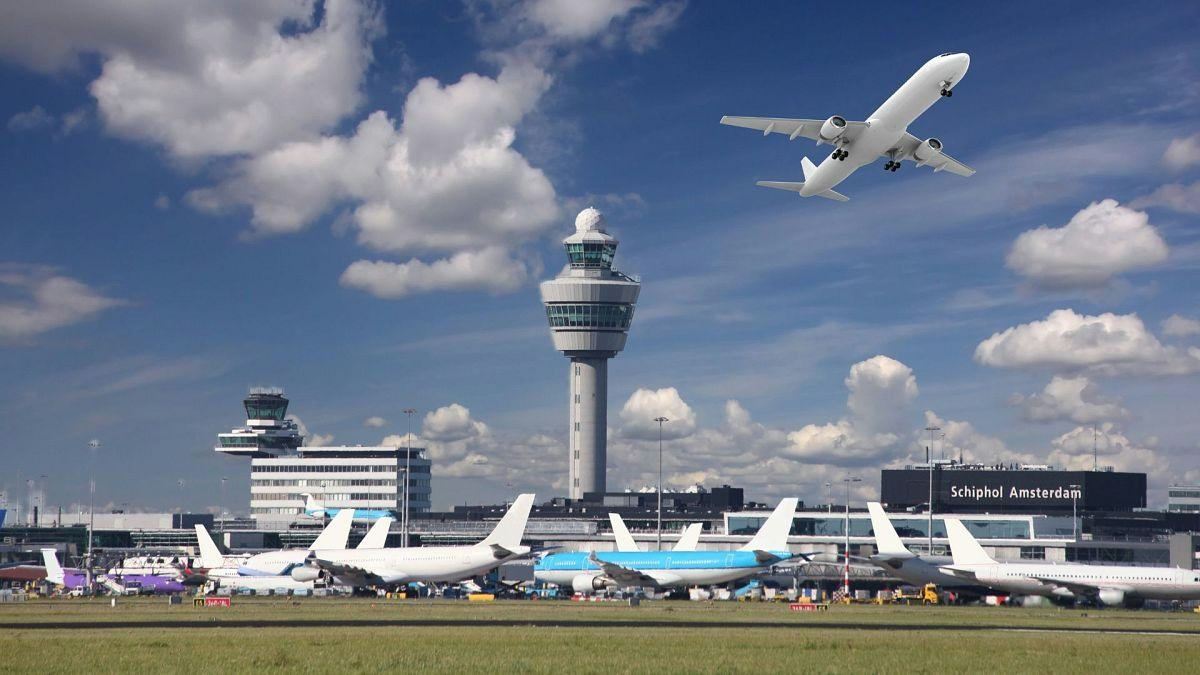
Europe Unveils New Aviation Strategy to Promote Cleaner, Faster Flights
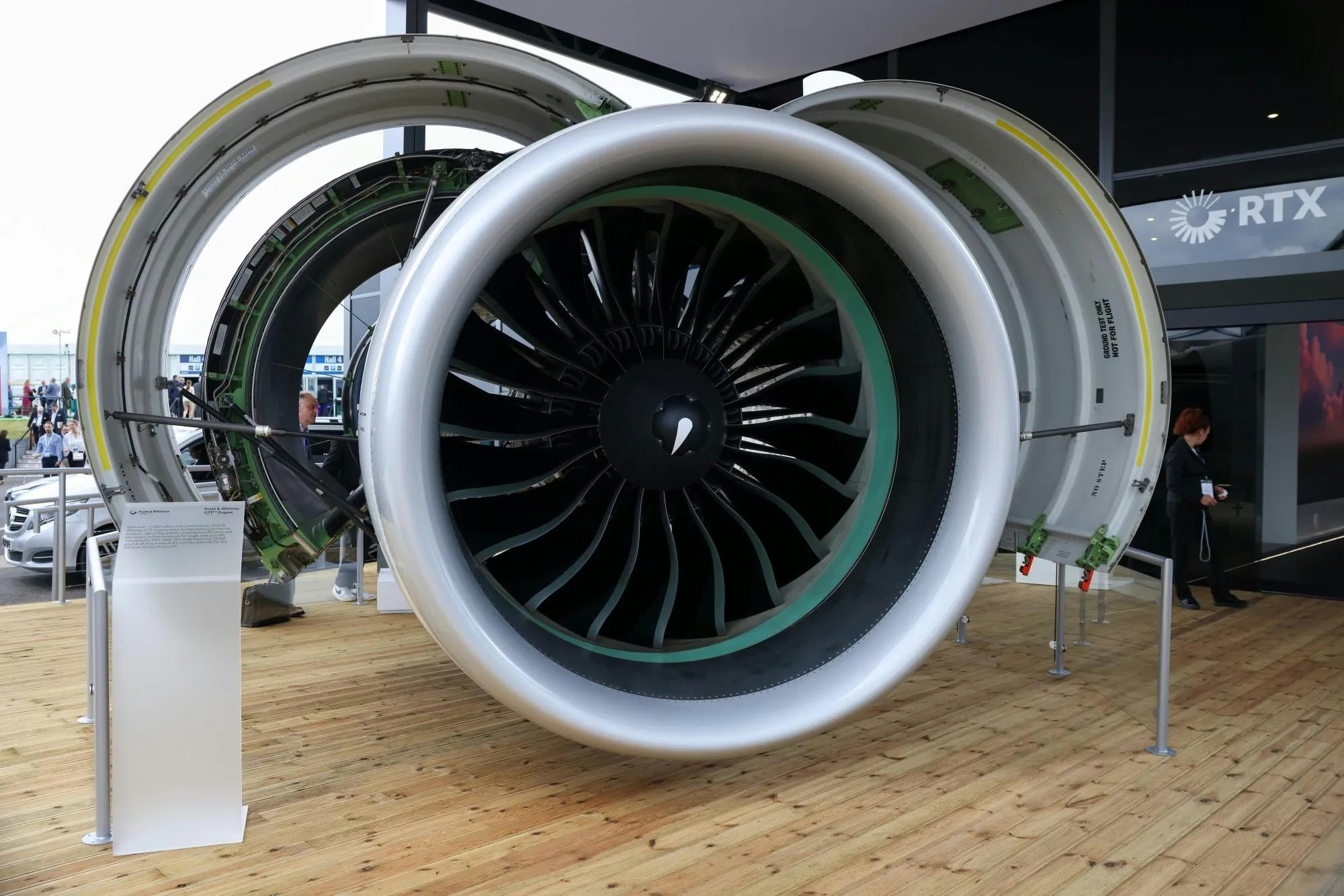
Spirit Signs Agreement with Pratt & Whitney Units on Aircraft Engines

ADB SAFEGATE Receives Industry Awards for Marketing, R&D, and Social Impact

GA Telesis Secures Five-Year Landing Gear Overhaul Agreement with Major U.S. Carrier

Government Strengthens Aviation Safety Framework Amid AI-171 Investigation

NASA Software Raises Bar for Aircraft Icing Research
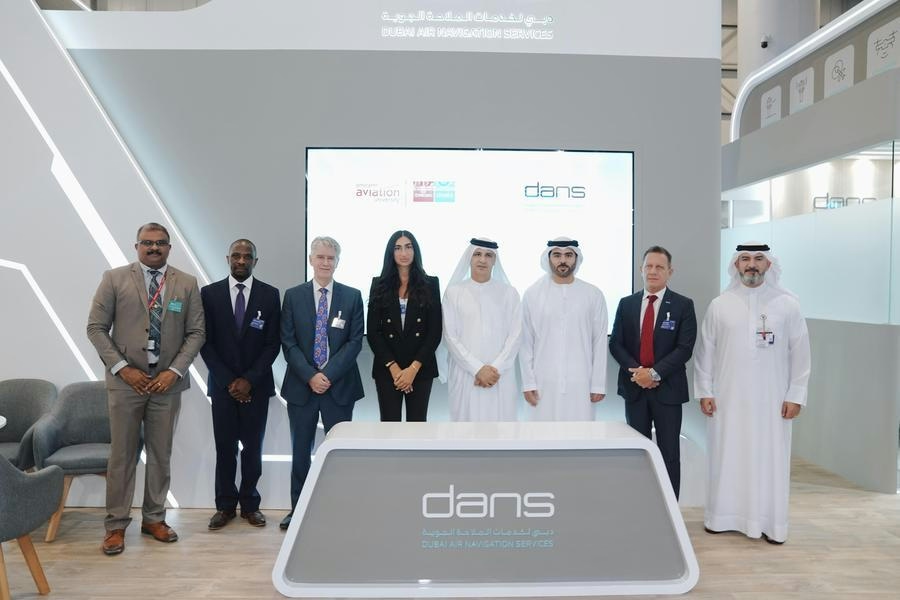
Dans and Emirates Aviation University Partner on AI Air Traffic Management Research
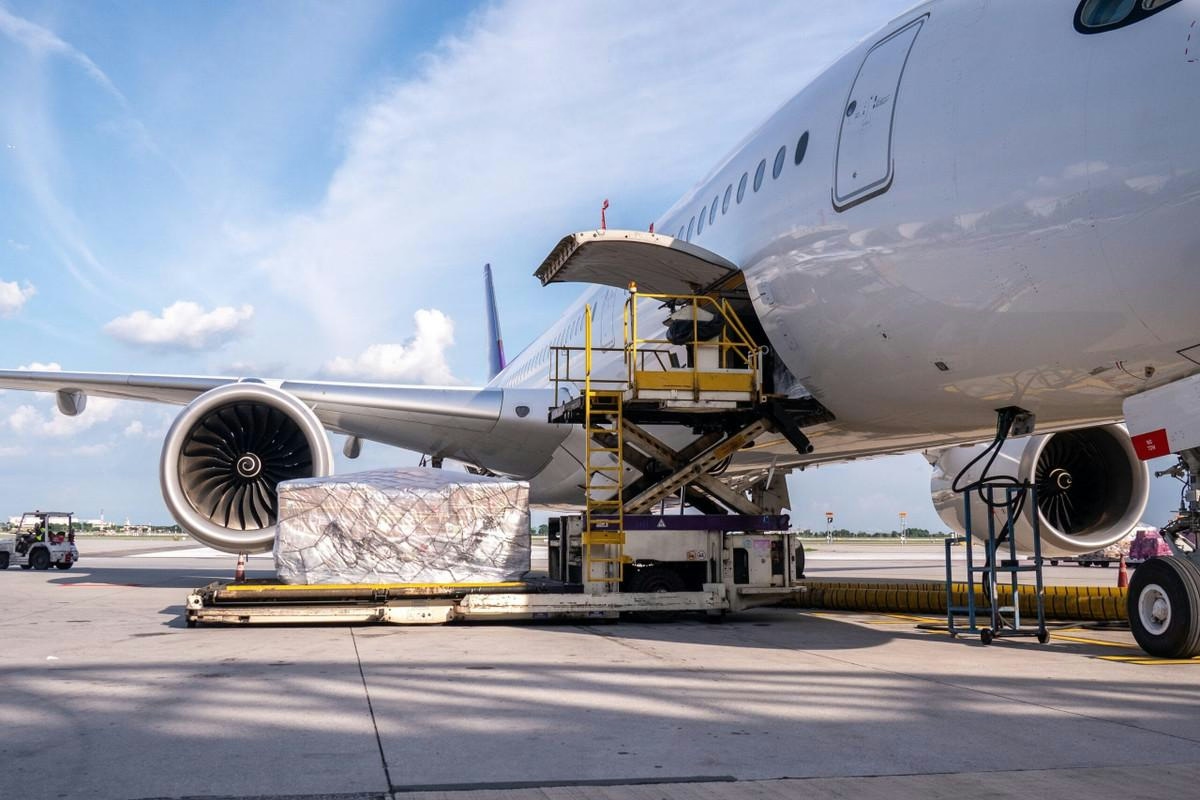
Nigus and AXISCADES to Develop Nigeria’s First Major Aviation MRO Hub
